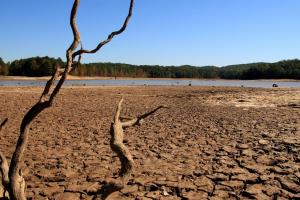California’s Apocalyptic ‘Second Nature’
Rosa-Luxemburg-Stiftung
 The United Nations Earth Summit in 1992 took place in Rio de Janeiro, Brazil, and was supposed to establish guidelines for sustainable development. At the Summit, then Cuban President Fidel Castro gave a speech (short), warning of the dire consequences of failing to reverse course. Castro long warned that capitalism was threatening to destroy human civilization through ecological destruction, with the poor of the global South its first victims. Speech reprinted below.
The United Nations Earth Summit in 1992 took place in Rio de Janeiro, Brazil, and was supposed to establish guidelines for sustainable development. At the Summit, then Cuban President Fidel Castro gave a speech (short), warning of the dire consequences of failing to reverse course. Castro long warned that capitalism was threatening to destroy human civilization through ecological destruction, with the poor of the global South its first victims. Speech reprinted below.
 Managing water to meet current and future demand is critical. Biophysical indicators, such as the ones we looked at, can’t tell us where a water shortage is stressful to society or ecosystems, but a good biophysical indicator can help us make useful comparisons, target interventions, evaluate risk and look globally to find management models that might work at home.
Managing water to meet current and future demand is critical. Biophysical indicators, such as the ones we looked at, can’t tell us where a water shortage is stressful to society or ecosystems, but a good biophysical indicator can help us make useful comparisons, target interventions, evaluate risk and look globally to find management models that might work at home.
Spread the word